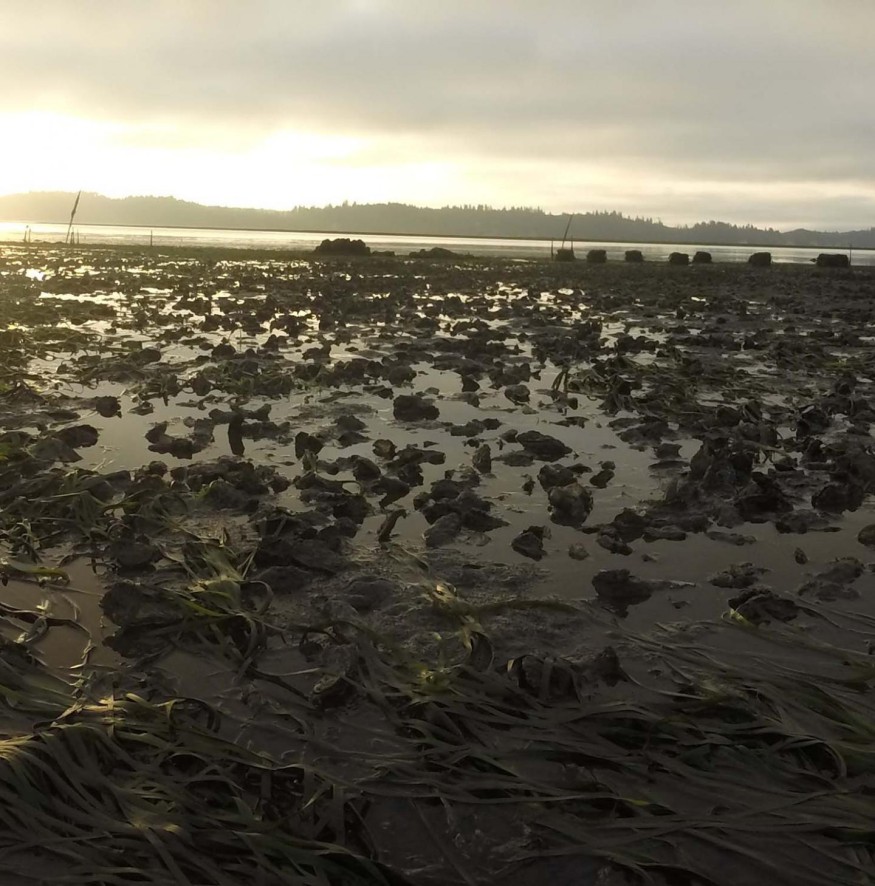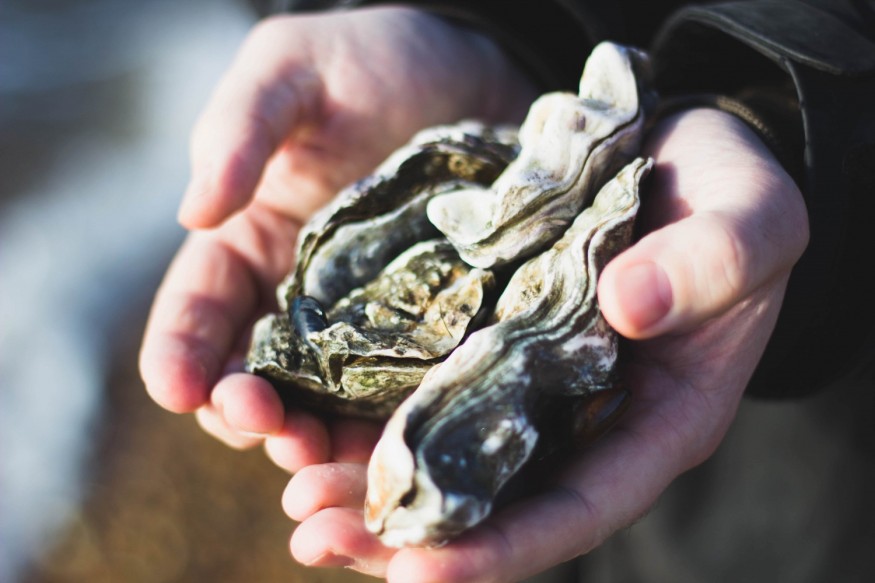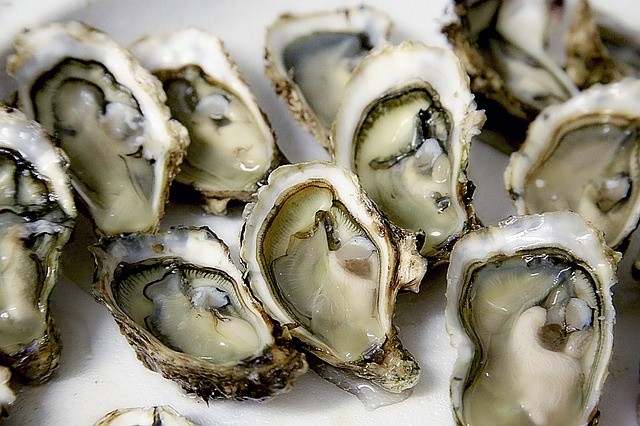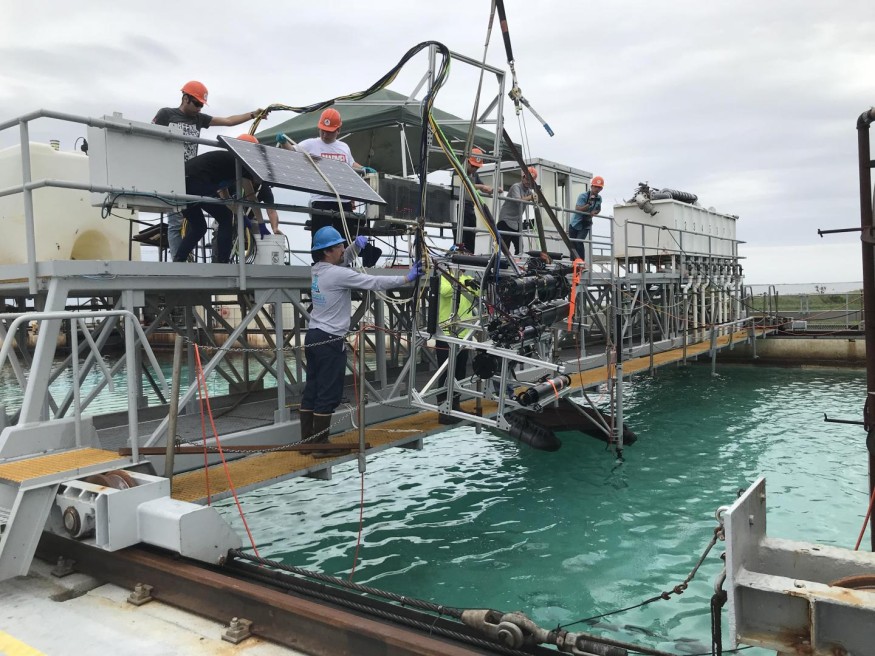
Saltwater is where oysters live and mature. The salinity of their habitat, on the other hand, can change drastically, particularly where the Mississippi River empties into the Gulf of Mexico.
Owing to the abundance of freshwater from the Mississippi River, Louisiana oysters from the northern Gulf of Mexico can have some of the lowest salinity in the country. Increased runoff and large-scale channel diversions for coastal defense would also carry more freshwater, detrimental to the eastern oyster.

New research led by LSU alumna Joanna Griffiths of Portland, Oregon, and her faculty adviser, LSU Department of Biological Sciences Associate Professor Morgan Kelly, sheds light on why some oysters are more resistant to freshwater than others. Their results, which were released this week, significantly affect this commercially valuable marine species.
"Oysters can tolerate a wide range of salinity levels. Since oysters can cover their shell, this is basically so. They don't have the shell structure to shield them as larvae, though, "Griffiths said.
Investigating Oysters

As part of her doctoral dissertation, she performed a thorough investigation into oyster larvae survival and development. She looked into whether having parents who have lived in low-salinity environments will result in offspring who are more resistant to low-salinity environments, based on a hypothesis known as transgenerational plasticity, which suggests that one generation's versatility is passed on to the next.
In 2016, researchers at the Louisiana Department of Wildlife and Fisheries' Michael C. Voisin Oyster Hatchery in Grand Isle spawned and raised oysters to test this theory. They transplanted 240 oysters into coastal waters at two separate locations: the Louisiana University Marine Consortium, or LUMCON, in Chauvin, and the Louisiana Sea Grant Oyster Research and Demonstration Farm in Grand Isle.
Two-Year Study

The researchers collected the oysters after two years. They discovered that the oysters from the saltier site in Grand Isle were 40 percent larger than those from LUMCON, demonstrating that the atmosphere would influence production. The researchers then bred the next generation to see what versatility traits might be passed on from parent to child.
Griffiths carefully crossed-bred oysters from both locations, resulting in 240 oyster families. She and four colleagues tended to the oyster larvae 24 hours a day, seven days a week.
"This kind of experiment, like Joanna's, takes a lot of time and effort," Kelly said. "There's a lot of paperwork to keep track of. At any point of the baby oysters' growth, you must be prepared. You have to wake up in the middle of the night to prepare for the next step of the oyster larvae life cycle, which is similar to raising a human infant. There are also sleepless nights spent raising oysters."
Multiple Attempts

The breeding experiment was a disaster, and no oyster larvae survived. Griffiths tried the experiment multiple times but it failed.
However, on her third attempt, she was successful.
After five days, about 60 oyster larvae families survived out of 240.
Griffiths examined the larvae and discovered that the descendants of parents who had lived at the LUMCON low salinity site were not more resistant to low salinity. She used size as a metric for success because larger oyster larvae spend less time in the water column, where they are exposed to predators, before metamorphosing and settling onto a reef.
Different Tolerance

She discovered that some oyster families thrive in low salinity environments while others struggle. The oysters that succeed have a variant of a gene that allows them to thrive in any climate.
These findings show that using selective breeding in hatchery management activities to increase resiliency for low salinity tolerance in eastern oysters could be a viable option.
Read also: Seafood's Secret Ingredient: Microplastic
For the most recent updates from the animal kingdom, don't forget to follow Nature World News!
© 2025 NatureWorldNews.com All rights reserved. Do not reproduce without permission.





